Cotoneaster can be deciduous or evergreen shrubs or small trees, with simple, entire leaves and clusters of small white or pink flowers in spring and summer, followed by showy red, purple or black berries
C. horizontalis is a spreading dwarf deciduous shrub to 2m in width, with distinctive, flat, regularly-branched sprays of foliage with small glossy leaves that turn orange and red in autumn. Pink-tinged flowers and red berries.
Cotoneaster is an excellent subject for bonsai, and particularly smaller sized bonsai, with its small leaf-size, responding to hard pruning, producing prolific flowers and berries.
Note: Cotoneaster is frequently mispronounced as 'cotton-easter'; the correct pronunciation is 'cot-own-e-aster'
As bonsai they have a reputation for being a little temperamental at times as some enthusiasts have had theirs die unexpectedly. They are usually a very tough species as long as they have the correct, fast draining soil mix and the tree is fed the occasionally with an ericaceous fertiliser, particularly in hard water/lime water areas.
They are not strictly acid-loving, but they do appear to deteriorate slowly in a pot when subjected to high pH conditions/hard water on a long-term basis. Bear in mind also that Cotoneaster as a genus are often found growing in very poor, thin and stony soils and therefore require well-drained soil when cultivated in a pot and do not respond well to heavy bonsai fertilizing for any length of time. Regular but light feeding regimes are preferred!
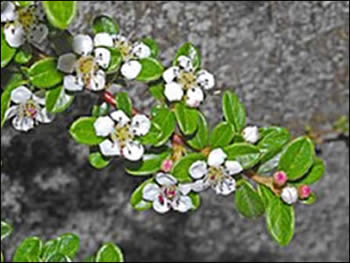
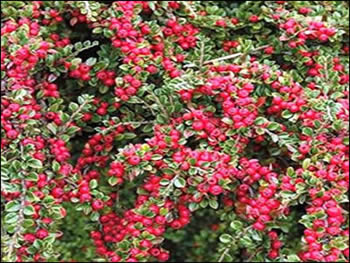
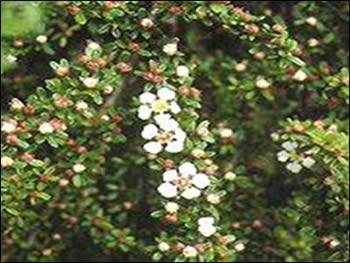
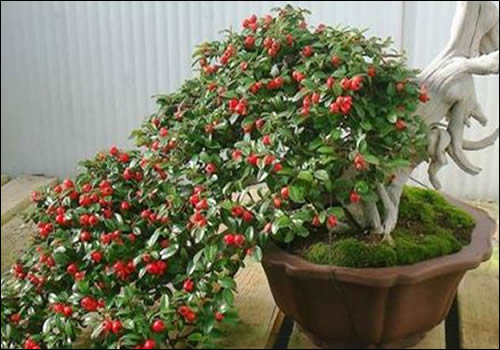
Cotoneaster horizontalis ‘microphyllus’ has an even smaller and is extremely suitable as mame or shohin bonsai, they are little more difficult to grow and very difficult to take cuttings or layer from./
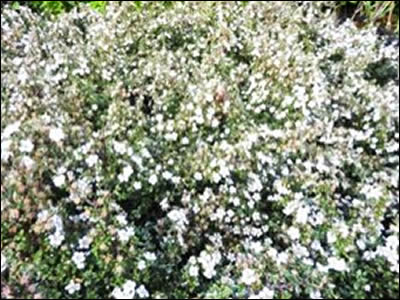

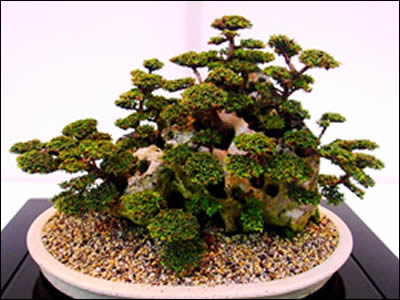
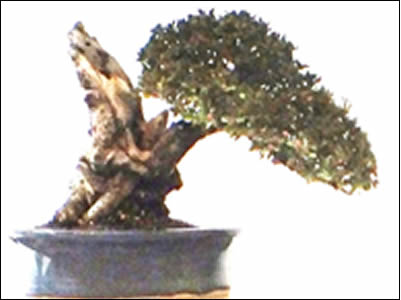
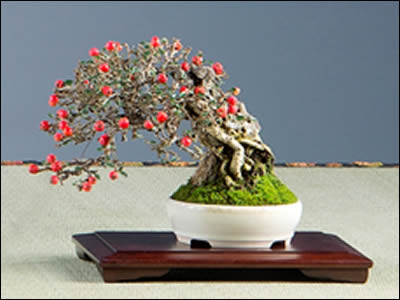
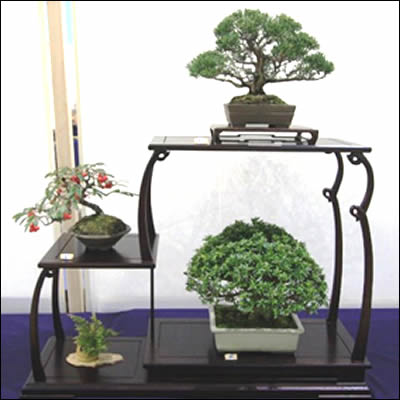
Web design: nysys